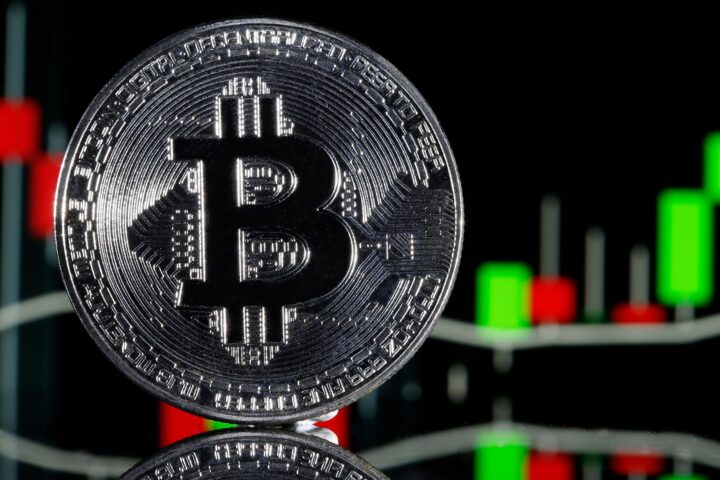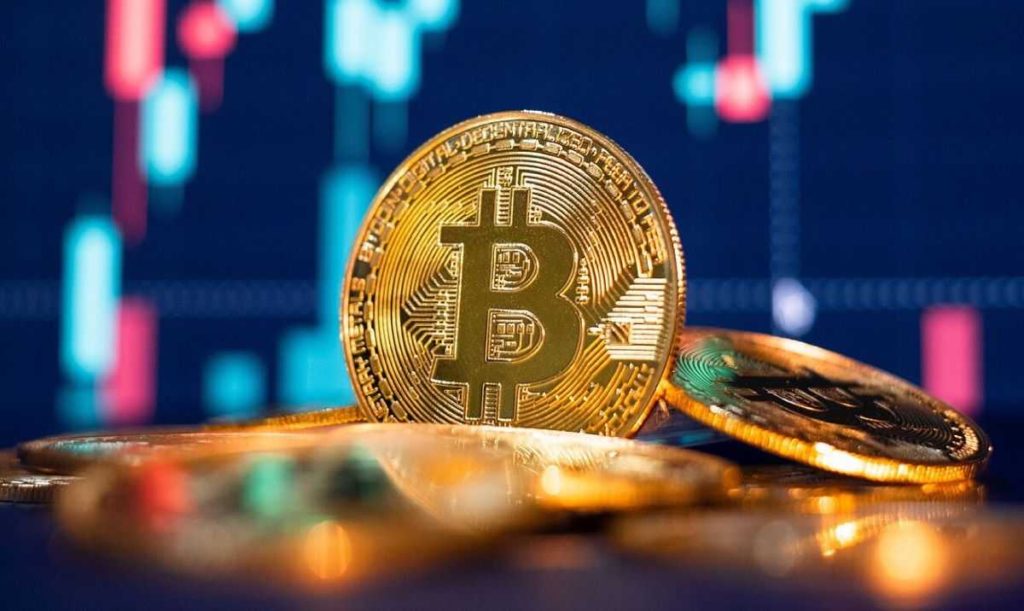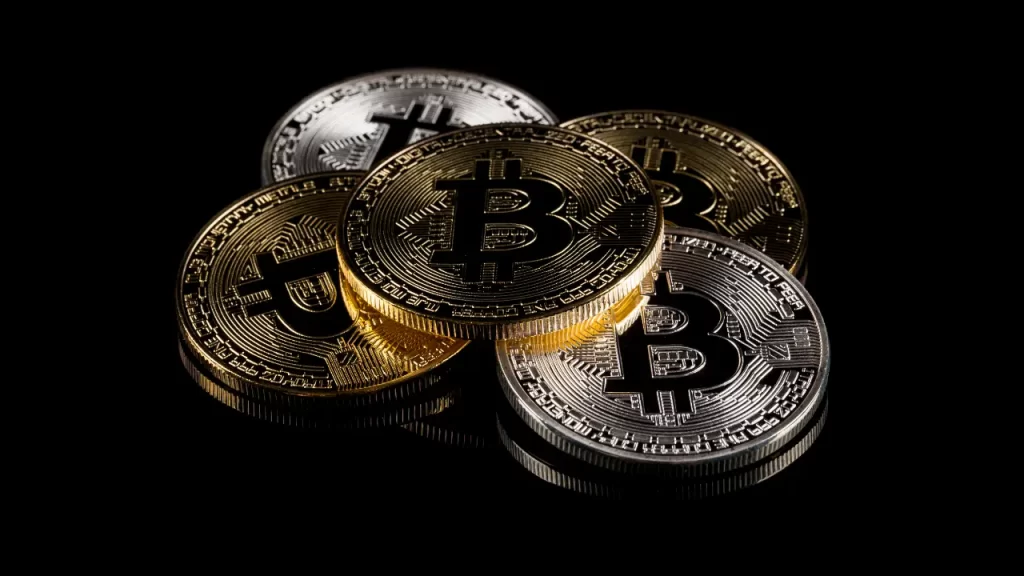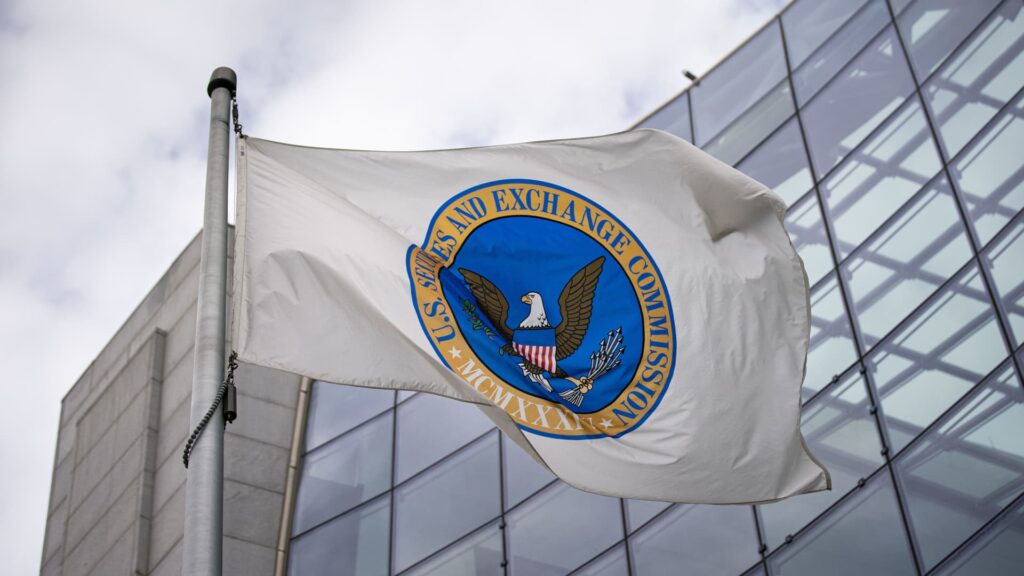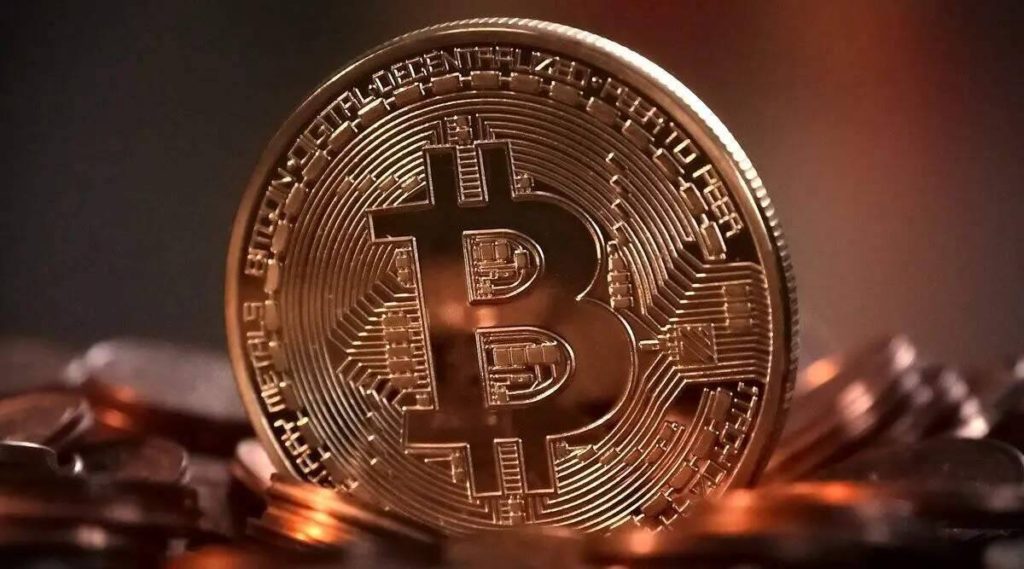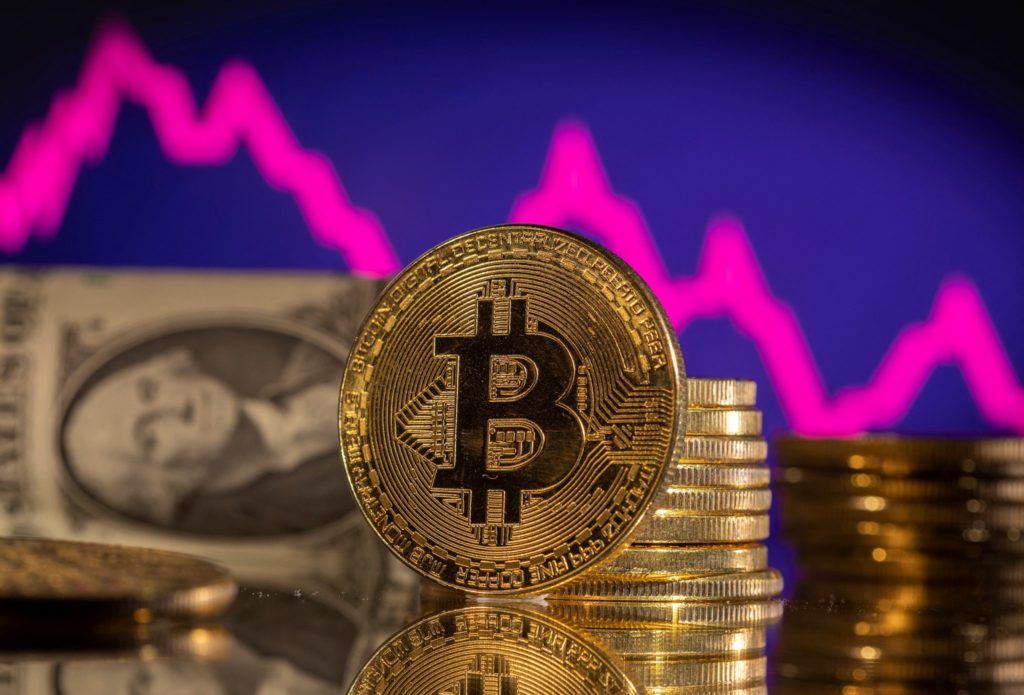Australia’s tax regulator, the Australian Taxation Office (ATO), has caused confusion in the decentralized finance (DeFi) space with its recent guidance indicating that capital gains tax (CGT) may apply to various everyday DeFi transactions.
The ATO’s failure to provide clear answers to inquiries from Cointelegraph has left DeFi users uncertain about their tax obligations.
According to the ATO’s guidance issued on November 9, CGT may be triggered when transferring tokens to another address or smart contract where the sender doesn’t have “beneficial ownership” or if the destination address holds a non-zero token balance.
The guidance mentions DeFi activities that could incur CGT, such as exchanging one crypto asset for a right to receive an equivalent number of the same crypto asset in the future, providing liquidity to a protocol, wrapping tokens, and loaning assets.
However, it does not explicitly clarify whether activities like liquid staking or using layer-2 bridges are subject to CGT.
The ATO responded to inquiries by stating that the tax consequences of a transaction depend on the specific steps taken on the platform or contract, as well as the individual circumstances of the taxpayer.
This vague response has left investors unable to determine how to comply with the new guidelines, which have not yet been tested in court.
READ MORE: Decentralized Exchange KyberSwap Suffers $46 Million Crypto Heist in Latest DeFi Exploit
A CGT event could have significant implications for DeFi users in Australia. For instance, if a user bought ETH for $100 and later staked it or sent it through a bridge to a layer-2 network when the price was $1,000, they might need to pay tax on the $900 “profit,” even if they haven’t sold the ETH.
Liberal Party Senator Andrew Bragg criticized the lack of legislative clarity in the cryptocurrency tax rules, pointing out that the ATO has been left to make its own rules due to delays in government-commissioned findings on the matter.
Experts in the field have varying opinions on the ATO’s stance.
Some believe that a transfer via a bridge might trigger a CGT event, depending on changes in beneficial ownership, while others argue that staking contracts do not necessarily result in a CGT event as beneficial ownership remains with the user.
Critics, such as Matt Walrath, the founder of Crypto Tax Made Easy, suggest that the ATO’s rules reflect a lack of understanding of DeFi and are overly aggressive.
These rules make it more challenging for Australian DeFi users to engage in activities like staking and transferring funds to layer-2 blockchains.
In conclusion, the ATO’s unclear and potentially overreaching guidance regarding CGT on DeFi transactions has created uncertainty and complexity for Australian crypto users.
The lack of legislative guidance exacerbates the situation, leaving users and experts in a state of confusion and concern about the tax implications of their DeFi activities.
Australia’s largest cryptocurrency exchanges are gearing up for a major rally, as the number of crypto buyers begins to climb.
According to the heads of these exchanges, this upward trend is expected to gain momentum in early 2024.
Adrian Przelozny, CEO of Independent Reserve, is actively preparing for the anticipated bull market.
He recognizes the need to fortify infrastructure and expand the team in anticipation of rapid growth.
Przelozny emphasizes the importance of being well-prepared to handle the surge in business when the bull market arrives, as it tends to unfold swiftly.
Caroline Bowler, the CEO of BTC Markets, notes that market conditions have become increasingly bullish throughout the year.
She acknowledges that market gains have not followed a linear path but highlights the industry-wide growth in asset prices and technological applications as reasons for confidence.
She also points to the influx of new users, increased trading volumes, and the deployment of “dry powder” as indicators that the market is in the early stages of a bull run.
Tommy Honan, the head of product strategy at Swyftx, reports a rising trend in buying activity on their exchange.
To address recent challenges faced by the Australian crypto scene, Swyftx is swiftly improving direct debit functionality.
READ MORE: U.S. Prosecutors Seek to Prevent Former Binance CEO CZ Zhao’s Departure
Honan attributes the uptick in activity to improved market fundamentals, drawing back investors who had stayed on the sidelines during the bear market.
Jonathon Miller, the managing director of Kraken Australia, exercises caution in determining the market’s phase. He dispels the notion that the crypto market is solely in a bull or bear phase, emphasizing the existence of a gray area in between.
Miller highlights factors like the upcoming Bitcoin halving and Ethereum’s Dencun upgrade as catalysts that are catching the attention of both institutional and retail investors.
Ben Rose, the general manager of Binance Australia, refrains from making a definitive call on the arrival of a bull market.
He observes an increase in new registrations and trading activity on Binance Australia recently.
To prepare users for a potential rally and prevent FOMO buying, Binance Australia is focused on educating its users.
Rose underscores the significance of responsible onboarding and ensuring users understand the long-term benefits of cryptocurrency beyond short-term price gains.
In conclusion, Australia’s cryptocurrency exchanges are bracing themselves for what they anticipate to be a significant market rally in 2024.
While optimism prevails, caution and preparedness are key themes among these industry leaders as they navigate the unpredictable crypto landscape.
Binance’s recent $4.3-billion settlement with the United States is seen by many as the final hurdle standing in the way of the country’s securities regulator approving spot Bitcoin exchange-traded funds (ETFs).
This significant development involved Binance agreeing to have Justice Department and Treasury compliance monitors oversee its operations for a period of up to five years.
These monitors will have the authority to ensure Binance’s compliance with Anti-Money Laundering (AML) and sanctions regulations, among other requirements.
The U.S. Securities and Exchange Commission (SEC) has previously cited concerns about market manipulation as a reason for denying spot Bitcoin ETFs.
To gain approval for these ETFs, Binance’s market dominance needed to be addressed.
Travis Kling, the chief investment officer of Ikigai Asset Management, emphasized this point in a June tweet, asserting that the ETF approval was unlikely with Binance’s current level of market dominance.
Kling’s prediction prompted discussions about the relationship between BlackRock and the U.S. government in obtaining a favorable position in the spot Bitcoin ETF market.
READ MORE: Genesis Global Capital Files $689 Million Lawsuit Against Gemini in Crypto Clash
Some speculated whether Binance’s settlement was a strategic move by BlackRock to acquire Bitcoin at a lower cost or to eliminate competition from U.S. markets before the ETFs launch.
Furthermore, the fact that BlackRock and its competitor Vanguard collectively own 11.5% of Coinbase, a major competitor to Binance, raised suspicions about the timing of the action against Binance.
BlackRock recently met with the SEC on November 20 to present its proposal for a spot BTC ETF, outlining how it could utilize either an in-kind or in-cash redemption model for the iShares Bitcoin Trust.
Other firms like Grayscale, Fidelity, WisdomTree, Invesco Galaxy, Valkyrie, VanEck, and Bitwise are also awaiting SEC approval for their spot Bitcoin funds, indicating the growing interest in this financial product.
Mike Novogratz, the CEO of Galaxy Digital, expressed optimism about the Binance settlement, deeming it “super bullish” for the cryptocurrency industry.
However, not everyone is fixated on speculating about the implications of the Binance settlement on spot BTC ETF approvals.
Piper Alderman partner Michael Bacina suggested that it might be wise to let the speculation run its course rather than jump to conclusions about the outcome.
The future of spot Bitcoin ETFs in the United States remains uncertain, but these recent developments have undoubtedly added intrigue to the regulatory landscape.
Despite recent events that would typically be expected to have a severe negative impact on the cryptocurrency market, Bitcoin (BTC) has managed to maintain its price stability, trading near $37,000 on November 22, which is essentially unchanged from three days earlier.
This surprising performance comes in the wake of Binance’s plea deal with the U.S. government on November 21 for violating money laundering and terror financing laws.
Some speculate that entities may be manipulating Bitcoin’s price to avoid contagion, potentially through the issuance of unbacked stablecoins, especially those connected to exchanges facing regulatory scrutiny.
To gauge investor risk aversion, it’s essential to examine Bitcoin derivatives rather than focusing solely on its current price.
The U.S. government had filed indictments against Binance and its co-founder, Changpeng “CZ” Zhao, on November 14, but these documents were unsealed a week later.
CZ admitted to the offenses and stepped away from Binance management as part of the deal. The penalties, including fines imposed on CZ personally, totaled over $4 billion.
Surprisingly, this news only led to a modest $50 million decline in BTC leveraged long futures contracts, with Bitcoin briefly trading down to $35,600.
On November 20, the United States Securities and Exchange Commission (SEC) sued crypto exchange Kraken, alleging the commingling of customer funds and failure to register as a securities broker, dealer, and clearing agency.
Kraken defended itself, claiming that the SEC’s commingling accusations pertained to previously earned fees, not customer assets.
READ MORE: FTC Takes Bold Step to Streamline Investigations into AI Misuse
Another potentially impactful development was the announcement by the Mt. Gox trustee, Nobuaki Kobayashi, on November 21 regarding the redemption of $47 million in trust assets and plans to initiate cash repayments to creditors in 2023.
Although no information about the sale of Bitcoin assets was provided, investors speculated that this milestone was drawing closer.
Many experienced traders and analysts had predicted a crypto market crash if Binance were indicted by the Department of Justice (DOJ).
However, the opposite seemed to be happening. Binance’s move towards compliance could increase the chances of a spot ETF approval, as it weakens the SEC’s argument about excessive market share on unregulated exchanges.
Bitcoin’s resilience in the face of these regulatory actions is reflected in Bitcoin derivatives markets.
Monthly futures contracts for Bitcoin are currently holding an 8% premium, indicating demand for leverage long positions, though it’s lower than the 11.5% seen in mid-November.
The options 25% delta skew, which measures arbitrage and market makers’ pricing for upside or downside protection, has remained optimistic.
In summary, despite regulatory actions and potential sell pressure from Mt. Gox, the cryptocurrency market has remained buoyant, as evidenced by derivative indicators.
The liquidation of $70 million leveraged BTC longs has further reduced the pressure from negative price fluctuations, suggesting that the path to $40,000 for Bitcoin is becoming more certain, especially with upcoming ETF decisions in January and February.
Creditors of the now-defunct Mt. Gox Bitcoin exchange, which suffered a devastating hack in 2014 resulting in the loss of 850,000 BTC, have received an encouraging email hinting at forthcoming repayments.
On November 21, Nobuaki Kobayashi, the trustee responsible for overseeing the estate of Mt. Gox, began sending emails to rehabilitation creditors, indicating the start of repayments.
According to the email circulating on social media, Kobayashi plans to initiate the first repayments in cash during 2023, with expectations of continuing into 2024.
However, specific timelines for individual rehabilitation creditors were not provided, citing the complexity of handling repayments for the large number of creditors with various types of claims.
This news coincided with the announcement of the redemption of trust assets on November 22.
The rehabilitation trustee disclosed the receipt of 7 billion Japanese yen (approximately $47 million) to finance the repayment of claims, leaving trust assets at 8.8 billion yen, roughly $59 million.
The trustee also affirmed ongoing preparations for base, lump-sum, and intermediate repayments.
The Mt. Gox community greeted these developments with mixed reactions. Some found the email from the Mt. Gox trustee cautiously promising, finally seeing progress after years of uncertainty.
READ MORE: BNB Skyrockets Over 7% Amidst DOJ’s $4 Billion Settlement Talks with Binance
However, others pointed out that the email only mentioned cash payments, whereas many victims of the Mt. Gox hack anticipated the return of substantial Bitcoin holdings.
Data from the Mt. Gox balance bot on X (formerly Twitter) indicated that the trustee holds 135,890 BTC in known addresses, valued at nearly $5 billion at the time of writing.
An additional 3,795 BTC (equivalent to $130 million) is held in unknown addresses, according to the Mt. Gox balance bot.
Some creditors acknowledged that while cash payments represent progress after a decade of waiting, they eagerly await the return of their Bitcoin holdings.
Additionally, the recent lawsuit filed by the United States Securities and Exchange Commission (SEC) against Kraken on November 21 caught the attention of the Mt. Gox community.
Kraken has played a significant role in the repayment process for Mt. Gox hack victims.
Concerns were raised about potential delays if Kraken were to face difficulties, leading to further delays in the repayment process.
Despite the newfound optimism within the Mt. Gox community, some remain skeptical due to the exchange’s history of failing to meet repayment deadlines.
Initially expected to complete repayments by October 2023, the trustee officially extended the deadline to October 2024 in September 2023.
The road to recovery for Mt. Gox creditors continues to be marked by uncertainty and anticipation.
Grayscale, the prominent crypto asset manager, recently held a crucial meeting with the Securities and Exchange Commission (SEC) to discuss the transformation of its flagship Bitcoin trust into a spot Bitcoin exchange-traded fund (ETF).
The meeting, which took place on November 20th, involved key figures such as Grayscale CEO Michael Sonnenshein, legal chief Craig Salm, ETF head Dave LaValle, and four other executives, alongside five representatives from the Davis Polk law firm.
The primary focus of these discussions was NYSE Arca, Inc.’s proposal to list and trade shares of the Grayscale Bitcoin Trust (BTC) under NYSE Arca Rule 8.201-E, as revealed in an SEC memo.
Grayscale has taken significant steps to advance this conversion, including entering into a Transfer Agency and Service Agreement with BNY Mellon, a major financial institution. Under this agreement,
BNY Mellon will serve as the agent for Grayscale Bitcoin Trust (GBTC), overseeing the issuance and redemption of shares and maintaining shareholder accounts.
Bloomberg ETF analyst James Seyffart noted that the collaboration with BNY Mellon was a strategic move, likely necessary for the conversion process but not necessarily indicative of an imminent transformation of GBTC.
Moreover, it was observed that the SEC’s division of trading and markets plays a crucial role in approving or denying 19b-4s, which are used to notify the SEC of proposed rule changes by self-regulatory organizations.
In a Twitter post on November 22nd, ETF Store President Nate Geraci emphasized a significant aspect of Grayscale’s meeting with the SEC, referring to the GBTC conversion as an “uplisting.”
READ MORE: BNB Skyrockets Over 7% Amidst DOJ’s $4 Billion Settlement Talks with Binance
Geraci pointed out that Grayscale could gain a substantial advantage in the ETF category if they manage to “uplist GBTC to NYSE Arca” simultaneously with other issuers launching spot Bitcoin ETFs.
He stressed the importance of competitive fees in this endeavor and projected that Grayscale could enter the market with a substantial $20 billion in assets under management, even competing with industry giants like BlackRock.
Grayscale had previously submitted an S-3 form registration statement with the SEC on October 19th, expressing its intent to list GBTC shares on NYSE Arca under the ticker symbol GBTC.
In October, a U.S. appellate court directed the SEC to review its decision to deny Grayscale’s request to convert GBTC into a spot ETF.
Grayscale joins other major asset managers, including BlackRock and Fidelity, in seeking SEC approval for spot Bitcoin ETFs.
Seyffart remained optimistic about the progress of these developments, maintaining a 90% likelihood of ETF approval on or before January 10, 2024.
This indicates that the crypto industry continues to navigate regulatory channels in its pursuit of expanding investment opportunities for digital assets.
Bitcoin has taken the lead over Ethereum in terms of average daily transaction fees due to a recent surge in Ordinals-related activity on the Bitcoin network.
According to BitInfoChart data, as of November 20th, the average daily transaction fee for Bitcoin reached $10.34, while Ethereum’s fees averaged $8.43.
Bitcoin’s average daily trading fee hit a six-month high on November 16th, peaking at $18.67, while Ethereum’s fees reached $7.90.
This shift marks a significant change in the fee dynamics between the two cryptocurrencies over the past five days.
The sudden increase in Bitcoin transaction fees can be attributed to a growing interest in assets built on the Ordinals Protocol.
This protocol enables the creation of non-fungible token (NFT)-like assets and BRC-20 tokens on the Bitcoin blockchain.
After a period of relatively low activity between September 25th and October 23rd, Ordinals-based assets began to see a substantial uptick in late October, according to data from Dune Analytics.
READ MORE: Worldcoin (WLD) Faces Turbulence Amid Sam Altman’s Departure and CEO Replacement
Since October 24th, over six million Ordinal assets have been created, resulting in more than 800 BTC in fees, equivalent to approximately $30 million, being distributed across the network.
This surge in Ordinals-related activity gained momentum when ORDI, the second-largest BRC-20 token by market capitalization, was listed on Binance on November 7th.
The listing triggered increased buying activity for BRC-20 tokens, causing the price of the ORDI token to soar by more than 50% in a single day.
In addition to these developments, on November 17th, the Ordinals-based project Taproot Wizards announced a successful seed round, securing $7.5 million in funding.
This announcement further solidified the interest and investment in Ordinals-based assets and projects on the Bitcoin network.
As Bitcoin continues to outpace Ethereum in terms of transaction fees, it reflects the growing popularity and utility of Ordinals-based assets and the broader adoption of blockchain technology for creating and trading digital assets.
These developments highlight the dynamic nature of the cryptocurrency ecosystem and the constant evolution of its use cases and applications.
Bitcoin is currently approaching a crucial Fibonacci retracement level, which could signify the peak of its pre-halving surge. Titan of Crypto, a prominent social media trader, has reiterated his BTC price target of up to $50,000 on November 19.
Bitcoin is encountering significant resistance as it struggles to surpass the $40,000 threshold, with several unsuccessful attempts in the past week.
This price region also holds significance for overall market profitability, as $39,000 serves as a break-even point for those who entered the market during the 2021 bull run.
Titan of Crypto has identified $39,000 as an essential boundary, but this time, it pertains to where BTC/USD should ideally stabilize before the April 2024 block subsidy halving event.
He mentioned, “The pre-halving rally I mentioned a year ago is on the verge of reaching its target range between $39k-$50k,” emphasizing the importance of patience.
READ MORE:Former Bithumb Chairman Faces 8-Year Prison Sentence in Cryptocurrency Governance Scandal
This update refers to a previous post from December 2022 when Bitcoin was recovering from a low of $15,600.
Titan of Crypto had then used Fibonacci retracement levels to predict a pre-halving peak of up to $50,000, representing a 220% increase.
Filbfilb, co-founder of the trading platform DecenTrader, still considers around $46,000 as a probable level, while not ruling out the possibility of a temporary BTC price dip.
Looking beyond the halving, there’s growing curiosity about Bitcoin’s future prospects, with forecasts ranging from $130,000 or more by the end of 2025.
On the downside, $30,900 has emerged as a potential support level for Bitcoin’s next correction. Some argue that a lower move to test liquidity would be beneficial and a typical element of Bitcoin market uptrends.
Currently, BTC/USD is trading at $36,500, as per data from Cointelegraph Markets Pro and TradingView. It has maintained a sideways trend over the weekend.
WisdomTree, a global exchange-traded fund (ETF) provider, has taken another step towards launching a spot Bitcoin ETF by filing an amended Form S-1 prospectus with the United States Securities and Exchange Commission (SEC) on November 16, 2023.
This move follows WisdomTree’s initial refiling of its spot Bitcoin ETF application in June 2023, where it proposed a rule change to list and trade shares of the WisdomTree Bitcoin Trust on the BZX Exchange, facilitated by the Chicago Board Options Exchange (CBOE).
The newly updated prospectus reveals that the WisdomTree Bitcoin Trust ETF plans to trade under the ticker symbol BTCW, with Coinbase Custody Trust acting as the custodian responsible for holding all the trust’s Bitcoin assets.
Bloomberg ETF analyst James Seyffart noted that this amended filing signals WisdomTree’s continued commitment to launching a Bitcoin ETF and suggests ongoing discussions with the SEC.
Seyffart emphasized that this step is part of the process and not a critical development.
Eric Balchunas, another Bloomberg ETF expert, expressed concerns about the time it took for WisdomTree to amend its Form S-1 Bitcoin ETF filing.
READ MORE:Yearn.finance’s YFI Token Plummets 43% in Five Hours, Raising Exit Scam Concerns
He questioned whether the SEC was waiting for all S-1 filings to be updated before issuing a second round of comments.
Seyffart’s data revealed that among the 12 firms in the U.S. that have submitted spot Bitcoin ETF filings, only two have yet to amend their S-1 filings with the SEC: Franklin Templeton and Global X.
Franklin Templeton’s initial spot Bitcoin ETF deadline was set for November 17, but the SEC postponed it to January 1, 2024. Hashdex, which faced a similar deadline, also had its deadline moved to January 1, 2024, on November 15.
Global X, another firm that has not updated its S-1 filing, is awaiting its second spot Bitcoin ETF deadline on November 21.
While some expect the SEC to announce further delays in its decisions regarding upcoming deadlines, Seyffart maintains his belief that these delays will not significantly impact the high probability—90%—of the SEC approving a spot Bitcoin ETF before the end of January 2024.
The ETF industry continues to closely monitor these developments as the quest for a spot Bitcoin ETF in the U.S. unfolds.
Argentina’s presidential run-off election on November 19th witnessed a victory for Bitcoin-friendly candidate Javier Milei, who triumphed over his opponent Sergio Massa.
Milei secured over 55% of the votes, amassing a nearly 3-million-vote lead with almost 99% of the ballots counted, as per Bloomberg data.
In a show of sportsmanship, Massa, the incumbent minister of the economy, graciously congratulated Milei on his victory when more than 90% of the votes had been tallied, even before the official results were announced. Milei is set to assume office on December 10.
The central issue gripping Argentina throughout the election was its persistent inflation crisis, with the Argentine peso witnessing a staggering 140% annual inflation increase in the past year.
Milei has been a vocal critic of the country’s central bank, labeling it a “scam” and accusing politicians of using it to impose an “inflationary tax” on the populace.
READ MORE: OpenAI Founder Sam Altman Ousted as Turmoil Escalates, Triggering Wave of Resignations
He has also endorsed Bitcoin as a move toward “returning money to its original creator, the private sector.”
Nevertheless, Milei has not indicated any immediate plans to make Bitcoin legal tender in the country.
In stark contrast, Massa holds opposing views on money, banking, and cryptocurrencies.
In October, he pledged to introduce a central bank digital currency (CBDC) if elected, with the aim of addressing Argentina’s persistent inflation crisis.
While Massa emerged victorious in the initial round of the presidential election in October, his success was insufficient to secure the presidency outright, leading to the final run-off vote.
Javier Milei’s triumph signifies a significant shift in Argentina’s political landscape, with a leader who is outspokenly supportive of Bitcoin and skeptical of traditional banking institutions set to take the reins.
As the country grapples with its inflation woes and economic challenges, the world will be watching to see how Milei’s presidency unfolds and whether any changes in financial policy will accompany his tenure.

